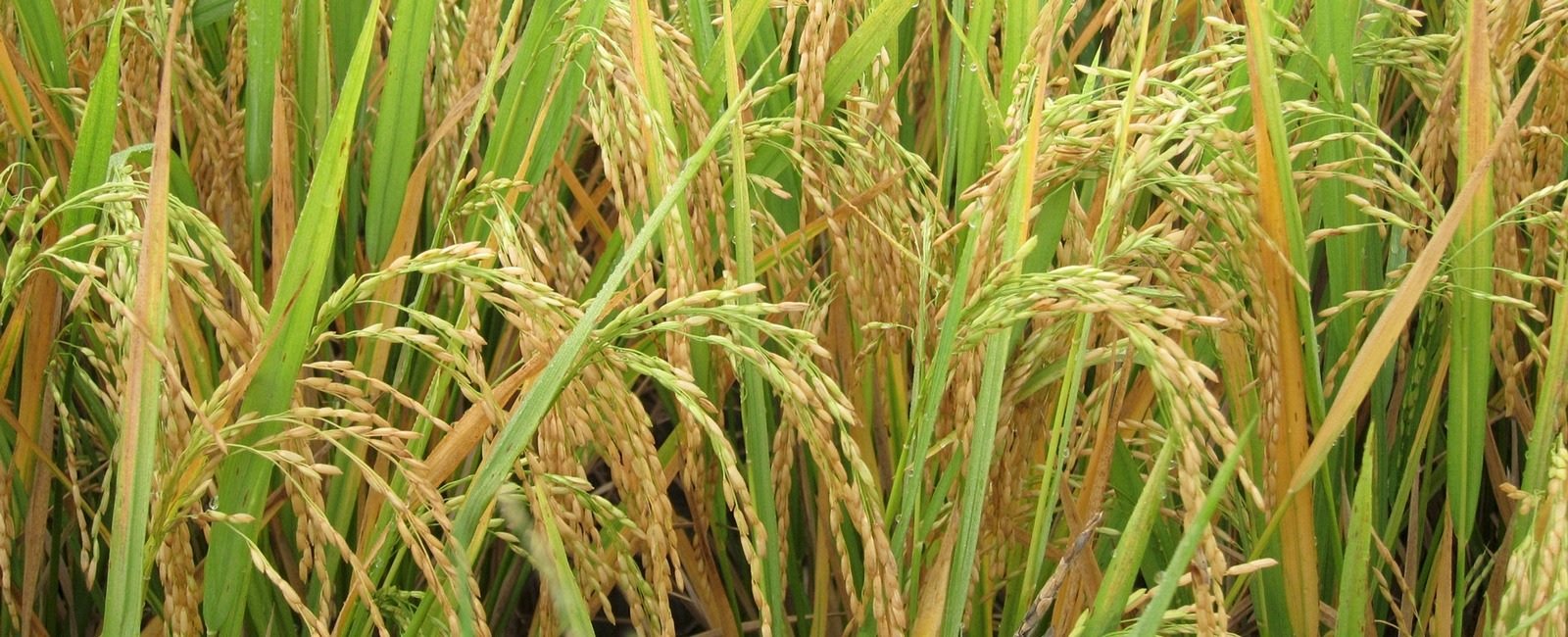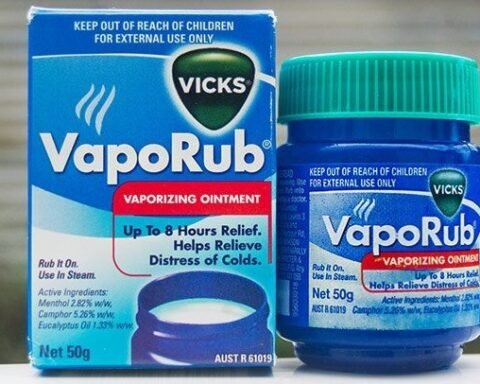Rice is like a food superhero for over half of the world’s people, being a key player in keeping everyone fed. But, you know, growing rice has its fair share of hurdles. One of the big challenges it faces is a pesky thing called Khaira disease. This plant troublemaker can mess with rice crops, causing many problems. It’s not something to take lightly because if farmers and researchers don’t get a handle on understanding why it happens and what signs to look out for, it could spell trouble for our rice bowls. So, they must figure out the causes and symptoms of Khaira disease to keep our rice production strong and steady.
Causes of Khaira Disease
Khaira disease as their arch-nemesis. This sneaky villain, also known as “Akiochi” in Japan and “White Leaf Spot” in some places, thrives on the lack of essential nutrients, especially iron, in your rice plants. Your plants are missing a vital ingredient for their superhero strength! The tricky part is, that this nutrient shortage can happen for various reasons, and figuring them out is like uncovering the villain’s secret lair. But fear not! Understanding these reasons is the key to putting up a strong defence and managing the disease effectively. After all, every superhero needs the right tools to conquer their enemies, and your rice plants are no exception.

- Poor Soil Conditions: Inadequate soil management is a significant contributor to Khaira disease. Soils with poor drainage, alkaline pH, or high levels of organic matter can impede the absorption of iron by rice plants, leading to deficiency and the manifestation of Khaira disease.
- Imbalanced Fertilization: Improper application of fertilizers, especially nitrogenous fertilizers, can disrupt the nutrient balance in the soil. Excessive use of nitrogen may hinder the uptake of iron by rice plants, making them more susceptible to Khaira disease.
- Waterlogged Conditions: Rice paddies often face waterlogged conditions, especially during the monsoon season. Waterlogged soils limit the availability of oxygen to plant roots, hindering their ability to take up iron effectively. This oxygen deficiency exacerbates the development of Khaira disease.
Symptoms of Khaira Disease
Spotting Khaira disease early is key for effective action. It mainly impacts rice leaves, showing varied symptoms based on deficiency severity. Early recognition helps manage it better.
- White Streaks on Leaves: One of the characteristic symptoms of Khaira disease is the appearance of white or pale-yellow streaks on the leaves, especially on the upper parts of the plant. These streaks are indicative of chlorosis, a condition where the leaves lose their green colour due to insufficient chlorophyll production.
- Leaf Necrosis: As the disease progresses, the affected leaves may exhibit necrotic lesions, turning brown and eventually leading to the death of plant tissues. This necrosis further reduces the plant’s ability to photosynthesize and produce food, negatively impacting overall crop yield.
- Stunted Growth: Khaira disease can also stunt the overall growth of rice plants. Affected plants may exhibit reduced tillering, delayed flowering, and shorter stature compared to healthy plants.
- Reduced Grain Quality and Yield: Severe cases of Khaira disease can significantly impact the quality and quantity of rice grains. The affected plants may produce smaller, malformed grains with lower nutritional content, leading to economic losses for farmers.
Management Strategies
Preventing and managing Khaira disease requires a holistic approach that addresses the underlying causes.
- Soil Testing: Regular soil testing helps farmers understand the nutrient status of their fields. Based on the results, appropriate fertilization practices can be implemented to ensure a balanced nutrient profile, including sufficient iron.
- Proper Water Management: Improving drainage in rice fields and avoiding waterlogging can enhance oxygen availability to plant roots, facilitating better iron uptake and reducing the risk of Khaira disease.
- Optimized Fertilization: Careful application of fertilizers, especially nitrogen, is crucial. Following recommended dosage guidelines and avoiding excessive use can help maintain the nutrient balance in the soil.
- Varietal Selection: Planting rice varieties that are more resistant or tolerant to Khaira disease can be an effective preventive measure. Researchers continue to develop and promote varieties with enhanced resilience to nutritional deficiencies.
Khaira disease is a big worry for rice farmers, affecting both the quality and amount of crops. To tackle this, farmers, researchers, and agricultural services need to team up. By using smart farming methods like better soil care, water management, and choosing sturdy rice types, we can beat Khaira disease. This way, we’re ensuring a stronger and more fruitful future for rice farmers worldwide.





